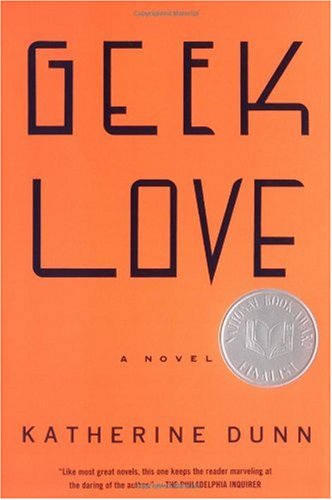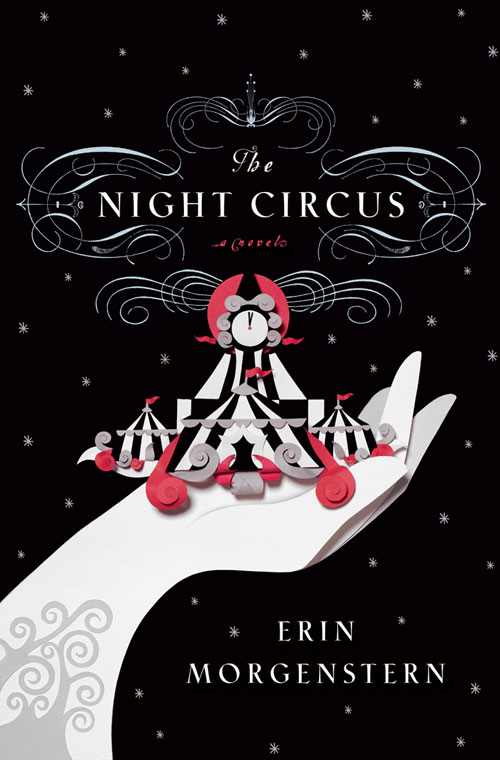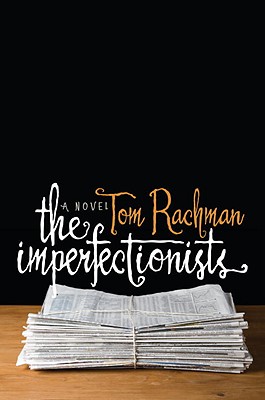Most of the books that I read are relational – I’ve heard about them from another book, author, or person, and that’s why I end up reading them. The number of books that I pick up at bookstores without knowing anything about them has really decreased from when I was younger. I don’t think that is necessarily a bad thing, especially because a lot of passing along titles and encouraging readers to read certain books does come from recommendations and word of mouth and using that relational context to create a proliferation of certain books. Sometimes it happens that some book published in the 1980s is the inspiration for a book written recently. Readers who are familiar with the 1980 book will pick up the new one. Readers who read the new book might go back and dig up that 1980 publication. The second option, that’s what happened to me when I read Karen Russell’s Swamplandia (which really deserves a review of its own). Published last spring, Swamplandia is about a family that lives in Florida, owning and operating an alligator-themed amusement park for tourists. The dysfunctionality of the situation is what makes the family (and the story) work. It’s a beautifully written novel (the alligators have “icicle overbites”) that has just been picked up for possible production by HBO (which has the book to TV show market covered right now), but in interviews, Karen Russell has noted that it was not written in isolation or without inspiration. She mentions Katherine Dunn’s Geek Love in her acknowledgements, a book that I had heard about before, but had never picked up and read until discovering the title in Russell’s novel.
Geek Love is similarly about a family whose dysfunctional situation actually provides an almost normality of experience. The novel focuses on the Binewskis, presided over by father Aloysius and mother Crystal Lil. By devising a careful combination of drugs to give to Lil during her pregnancies, the Binewskis ensure that their children are themselves able to form their own traveling family of freaks. There is the eldest, Arturo (Arty), who has flippers for limbs and must glide on his torso in order to move from place to place. Then there are Iphy and Elly, the conjoined twins in the family. The narrator, Oly, is an albino hunchback, and is continuously derided by her brother Arty because she doesn’t have anything as “special” as the rest of the siblings. Finally, baby Chick, who seems normal at first, has the most powerful oddity of them all, one that is used by their father both positively and negatively throughout the story.
The novel is structured on a series of back and forth movements across time. The reader is exposed to the day-to-day reality of Oly’s experience growing up with her family, in something that resembles a memoir-reflection. In the present day, Oly is also the focus of the story, as she describes her daily tailing of her own daughter, who is also afflicted with the same Binewskis “freakishness.” In the present Oly lives in an apartment building with her daughter, Miranda, and her mother Crystal Lil, however, neither mother nor daughter are aware that Oly lives among them (they all rent separate rooms). Neither the stay in the past or the present ever seems too much; as a reader, I never wished that the story stayed longer in either time period. It is beautifully balanced and carefully constructed.
The dysfunction characterized by the situation that the Binewskis create for their family is tempered by the strong hold that the family has on one another. Each has a job at the circus that they travel with, and each has a feeling that without one individual, the entire thing would not work. It is something that draws the reader into a small, unfamiliar world, and makes it, for a short time at least, normal, calming, and ideal. However, this is quick to fall away. Oly details the strange relationships that exist between siblings, notably, the dislike Arty seems to have for his brother and sisters, and the strange power that he wields over everyone. Oly also recalls the day that her pregnant mother took Arty, Oly, Elly, and Iphy to a grocery store, where they were shot at in the parking lot (and one of the horrors of the story, the most uncomfortable realization, is the return of this same gunman later on in the novel).
The language Dunn employs makes this novel so effective. The story is powerful enough on its own, but with a mix between the vernacular (“Spread your lips, sweet Lil,” they’d cluck, “and show us your choppers!”) to the careful description (“My mother, Lillian Hinchcliff, was a water-cool aristocrat from the fastidious side of Boston’s Beacon Hill, who had abandoned her heritage and joined the carnival to become an aerialist”). The language holds together the slowly disintegrating family for as long as it takes for the reader to make his/her way from the beginning to the end of the novel.
I couldn’t put Geek Love down. After reading it, I can see its relationship with Swamplandia and why Russell would feel so indebted to a previously published novel. However, the two books are remarkably different examinations of family and dysfunctionality, and what it takes to hold a group of people together. Both are remarkable works of fiction, and I can imagine that they will continue to influence many authors to come.










